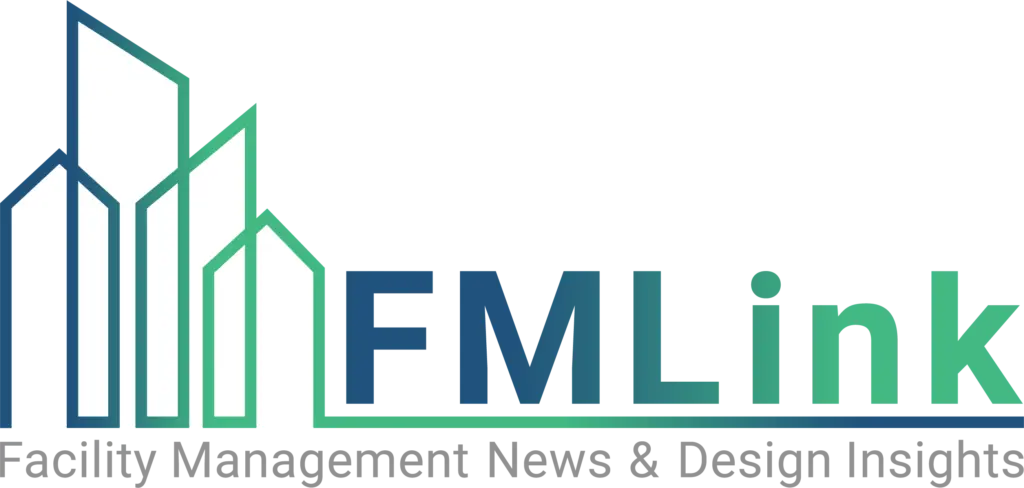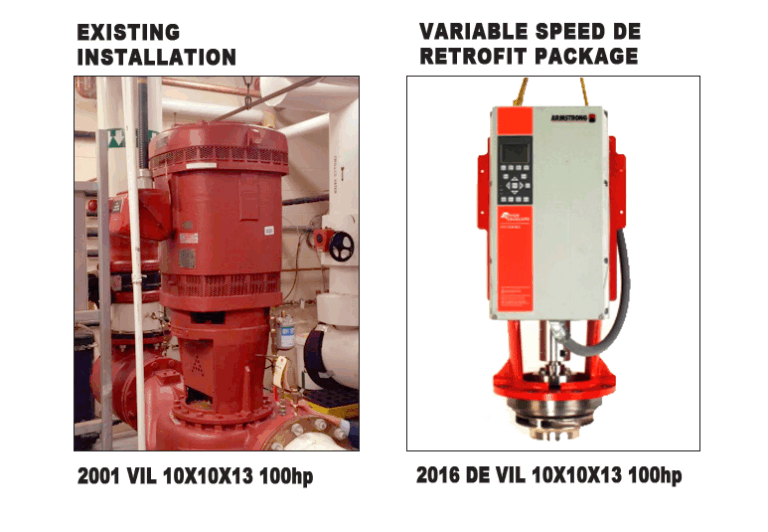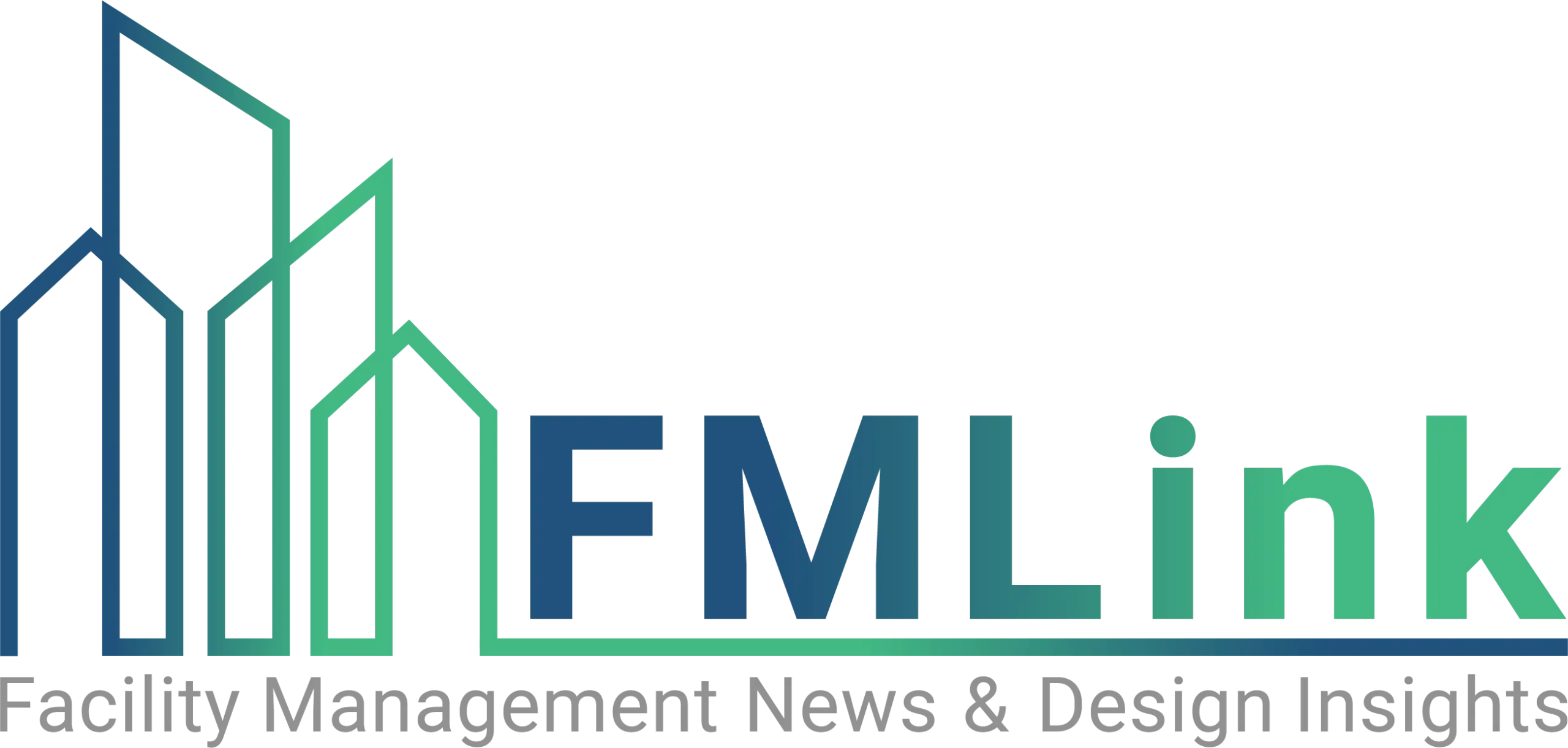Signs of success
Growth in real estate and facilities management outsourcing is growing fast. Yvonne Liu examines a number of outsourcing initiatives to identify success factors in the context of a dynamic and rapidly maturing global market.
By Yvonne Liu
The last three years have seen substantial growth in Real Estate and Facilities Management (RE & FM) outsourcing worldwide. What distinguishes this outsourcing is the depth and breadth of initiatives. Increasingly, companies are using outsourcing to alter their operating models and tap into efficiencies. Today, FM contracts have unprecedented scope, spend, and geographical scale. In parallel, supplier FM markets around the world have grown in capability and revenues.
Despite the adoption of outsourcing, many companies remain unfamiliar with RE & FM outsourcing and are just beginning to test the opportunity. The confluence of market maturity, growth, and financial uncertainty offers both challenges and opportunities.
The SIX Predictors of Outsourcing Success
- Ensure strong sponsorship and project leadership.
- Align RFP strategy to cultural readiness and current operating model.
- Time and control the flow of HR and communications support.
- Manage to the current market environment.
- Create policy readiness to support the initiative.
- Build a transparent, performance based contract.
Deal sample
Ten carefully selected deals were examined to determine critical predictors of success. These were contracts signed over the last nine years representing Fortune 500 companies across a range of sectors including telecommunications, banking, life-sciences and consumer goods.
The sample set had some important characteristics:
- The quality of facilities is high, with significant focus on service quality and achieving efficiencies without service level reductions or introduction of risk.
- Nine deals involved significant headcount transfers so labour risk and change management are strongly represented.
- All used a cost “pass-through” structure with incentive awards.
- Deals were principal contracts typically three to five years in length (9 of 10 were through an RFP).
- Savings ranged from 12 per cent-25 per cent.
- RE & FM spend was more than $25 million/year for all deals.
- All deals were multi-site across multiple geographies.
Customer objectives
Customer objectives in the initiatives included:
- Desire to standardise practices.
- Shift towards core activities.
- Access to skills, technology and best practices.
- Reduction in operating costs.
- Variable and scalable cost structure.
The biggest challenges included:
- Lack of internal alignment on outsourcing strategy.
- Difficulty in objectively defining scope.
- Lack of FM outsourcing experience.
Six predictors of success
The sample points to six key predictors of success:
- Ensure strong sponsorship and project leadership
Early project leadership design is vital, and having the right leaders and members of the team is a key predictor of success. A common thread in successful initiatives was strong leadership at two levels. First, they had strong senior leader sponsorship for making changes to legacy practices. Second, they had strong site-level leadership which ensured operational credibility and site engagement. However, it was essential to keep site-level representation limited to ensure confidentiality during early phases and to develop a core group of champions as the initiative moved forward.
Successful teams also had prior experience in transformational outsourcing or transactions such as divestitures/acquisitions. Teams without related experience were uncomfortable making necessary judgment calls and were unable to effectively address complex HR, financial, communications, and labour risks associated with the transfer of people, knowledge, and assets. Teams that did not bring the right blend of operational perspectives also viewed FM as a pure commodity without adequately understanding transformational aspects of the initiative. Prior negative outsourcing experience with FM or other areas (such as IT) also made people suspicious of outsourcing.
- Align RFP strategy to cultural readiness and operating model
Successful initiatives ensured alignment with the organisation’s cultural receptivity towards outsourcing and current operating model. For example, a global strategy may be sub-optimal where the operating model is regional. An autonomous regional structure is likely to struggle with a global decision unless strong leadership drives the initiative. In this case, a regional approach may be preferable with global convergence considered later.
Our experience suggests that global deals are rare and most companies prefer to take a regional outsourcing approach even when they are part of global FM organisations.
- Time and control the flow of HR and communications support
The timing and quality of communications regarding the RFP is critical to success and should be customised depending on the audience.
For key stakeholders (eg, business leads, key scientists), a common practice was communicating well in advance of implementation. However, with affected employees and existing sub-contractors, premature communication without an adequate business case or strategy created issues. It led to an extended period of uncertainty that at times resulted in a lack of productivity, turnover, and risk.
For site employees, communications seemed to work better when timed later in the process but prior to RFP issuance. “Hiding” the effort tends to be impractical and leads to perception problems. Instead, communications to employees should be phased with increasing specificity as the strategy is solidified and the process moves towards implementation. Successful early-stage messages focused on “evaluating options” emphasizing that management has to consider all options to reduce cost including outsourcing.
Furthermore, outsourcing should be quickly implemented. Employees and sub-contractors typically will re-adjust and even re-energise once they start engaging with the supplier and see the opportunities a growth industry employer offers. Given the growth in the industry, suppliers are looking for and can offer new career options to client employees.
Effectively addressing HR issues is vital as employees want answers to questions such as whether they are eligible for retirement or can pursue positions with the supplier. Early HR involvement combined with well-planned communication enables retention of staff and successful transitions.
- Manage to the current market environment
Market-related conditions need to be considered in any outsourcing initiative. The FM supplier industry is dynamic, consolidating, and maturing rapidly. This means their management teams, organisations, and strategies are evolving. In addition labour markets can vary by both region and country with significant structural and legal differences — especially in EU and Asia. As a result, suppliers often vary in maturity, presence and capability by region/country. Supplier management and operational structures may also differ from one region to another. The RFP processes needs to be designed using the most current market intelligence given the rapid evolution of the industry and not be based on obsolete or anecdotal experience.
- Create policy readiness to support the initiative
Outsourcing requires appropriate policy frameworks in place to address transfers of sub-contracts, employees, and assets. In the deals we analysed, performance issues were often caused by antiquated HR or legal policies. For example, restricting transferred employees from returning to work for two years created significant turnover for one company. For most executives, HR issues consumed the majority of their time during outsourcing. Due to the impact of such policy decisions, early involvement from HR, finance, procurement and legal is vital.
- Build a transparent, performance based contract as the centrepiece of your governance
Large scale outsourcing initiatives involving multiple sites require different levels of transparency, due diligence, and legal protections than smaller commodity purchases. Performance-based contracts address these needs and should be aligned with business objectives. The most common reason for supplier disputes was related to funding and scope, and was often driven by poorly aligned financial reward mechanisms. For example, if a customer wanted to do more with less while the supplier motivation was to increase staff, problems ensued. Outsourcing performed better when reliable, incentive-based contracts were used by trained staff that knew how to manage healthy supplier relationships.
Other common lessons learned
The following factors were also important:
- Resist the temptation to retain a large stay-back team. Such teams, particularly ones without clearly defined roles, can be an impediment of success.
- Create a governance process that is candid and collaborative but results based. Do not accept an “us versus them” culture. Conversely, do not let a close supplier relationship limit the ability to confront performance issues.
- Effective governance requires careful team selection, training, and collaboration between finance, procurement, and operations to ensure objective yet relationship-focused processes.
- Supplier pricing will vary (eg, higher management fees for self-perform models than sub-contracted models since profit is embedded in sub-contracts). Stay focused on total cost of ownership versus management fee alone.
- Align stakeholders and manage the change process.
- Extensive, well-timed communication is important during change management.
Conclusion
Outsourcing should be managed in light of RE & FM market maturity, with strong leadership in place to successfully adopt new operating models. The next three years may herald the highest level of growth in RE & FM outsourcing and may stretch supplier capabilities, with further consolidation and new competitors likely to result. In this dynamic environment, success will hinge upon the ability to effectively design, implement, and manage transformative supplier relationships.
Yvonne Liu is marketing director of management advisory services firm UMS Advisory.




